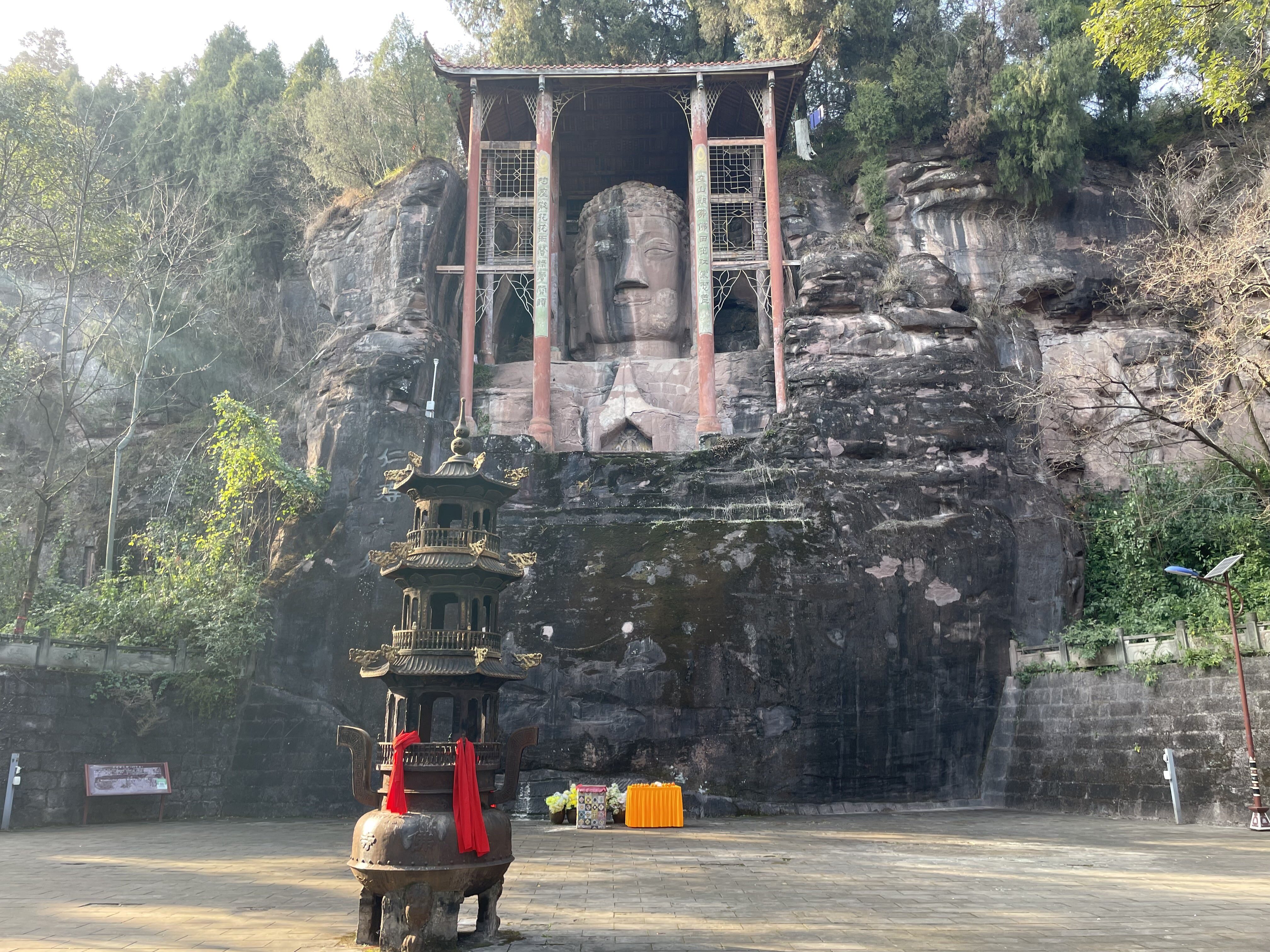1
2
3
4
5
New York City Co-Names Street “Thich Nhat Hanh Way” in Honor of Renowned Zen Teacher
(www.lionsroar.com)
5
6
7
8
5
Went to an Advaita talk yesterday, some seemed Buddhist but I cannot understand eternalism and atman.
(lemmy.selfhostcat.com)
9
10
11
12
13
14
15
16
17
18
19
20
21
22
